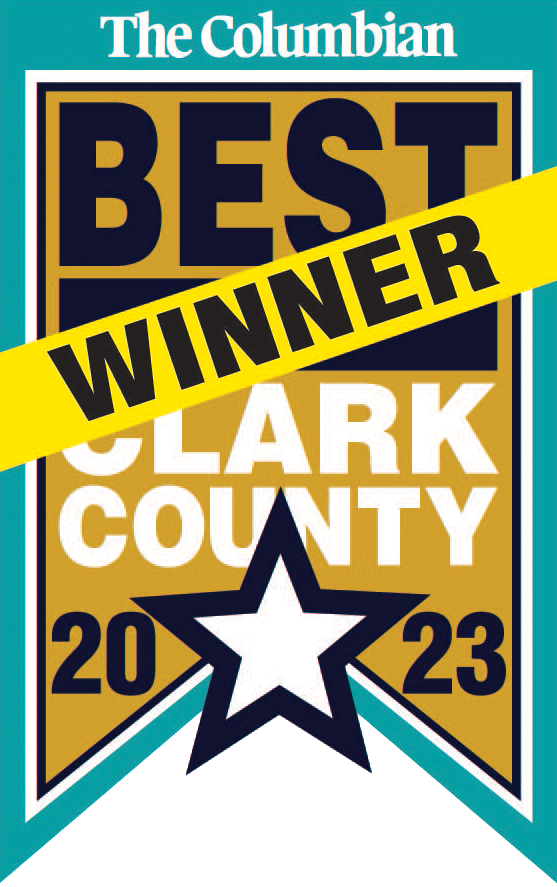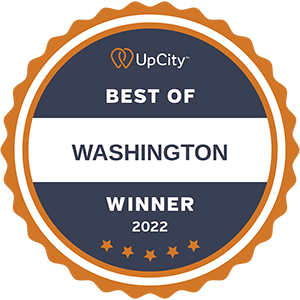 What is SEO?
What is SEO?
You’ve probably heard the term SEO thrown around, but what does it actually mean? SEO is short for search engine optimization and, as the name suggests, is a method for you to affect the visibility of your site in search engine results. Regardless of what kind of business you run, getting your site on the first page of Google is imperative if you want to get the most traffic. Sites in the top 3 organic search results on the first page drive 61 percent of organic traffic to these pages. In order to get on the first page results you can follow these tips.
SEO Basics
There are basic rules to follow when optimizing a post or page for search engines. Some of the basic SEO rules are:
- Use the Heading system. Heading 1 is at the top and contains your main keyword. Then followed by Heading 2 and Heading 3 etc. The Heading system is similar to an outline. The Heading is the main point and the following sentences support the main point.
- Use the keyword near the beginning of the sentence and first paragraph.
- End the post using the main keyword again.
- Use supporting keywords in sub-headings and the text of the post.
- Include at least one image with the main keyword in the image title and alt tag.
How SEO works
There are over 1 billion websites, each competing for the number one spot on Google for certain keywords. In the past, you might have been able to rank high for specific keywords. Today you can bet there are millions of sites jockeying over the same words you want to target. Today, you need to focus on more specific phrases or questions your customer will likely put in a search. This has led to the rise of mid-tail terms (keyword phrases). Basically, instead of focusing on a term like “website designer” you can use “website designer in Vancouver WA” Ranking first for this phrase will be easier and it will bring you more targeted traffic. Someone searching for something so specific is likely ready to buy.
What is SEO writing?
SEO writing is creating the text of your post or page using the keywords and keyword phrases. In the past, the website owners could trick their site into ranking first in search engine results by stuffing keywords in their content. Fortunately, search engines have adjusted their algorithm to crack down on this issue. Now, the best rule of thumb for better SEO is to create quality content. So what qualifies as quality content? Below are the top four factors:
- Semantically comprehensive content – While it might sound fancy, this basically means that content must be relevant to the topic as a whole and include several related terms. In essence, Google knows that the search term “car” is relevant to an article where bumper and tires are mentioned.
- Long form – While not all of your content needs to be novel-length, in general the longer the content the better it will rank. An optimum length is 500 words.
- Visuals – Not only do photos and videos help break up your text, they also help you rank higher in the search engines. Make sure your photos are titled appropriately with keywords and have an informative description.
- Readability – This ranges from the length of your sentence to the structure of your content as a whole. At the end of the day, you want to keep everything simple. Use as few words as you can in a sentence. As well, break down your paragraphs into headings and subheadings as it will improve reader experience and improve search engine rankings.
Manage Your SEO
Luckily for small and medium-sized businesses, you can manage your SEO on your own. With a little bit of training, research and analysis you can push your way to the top of search results.
Why have a Sitemap on your website.












